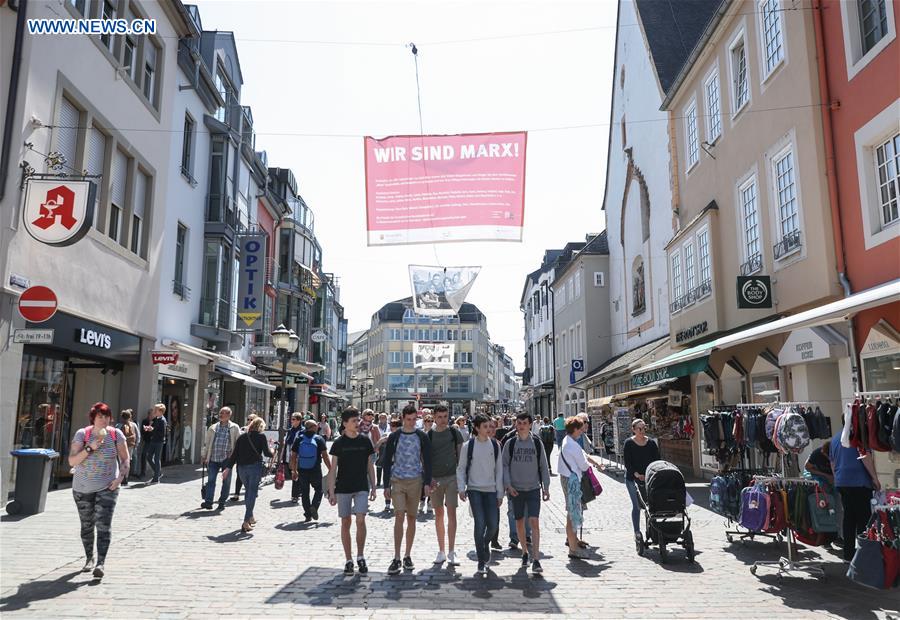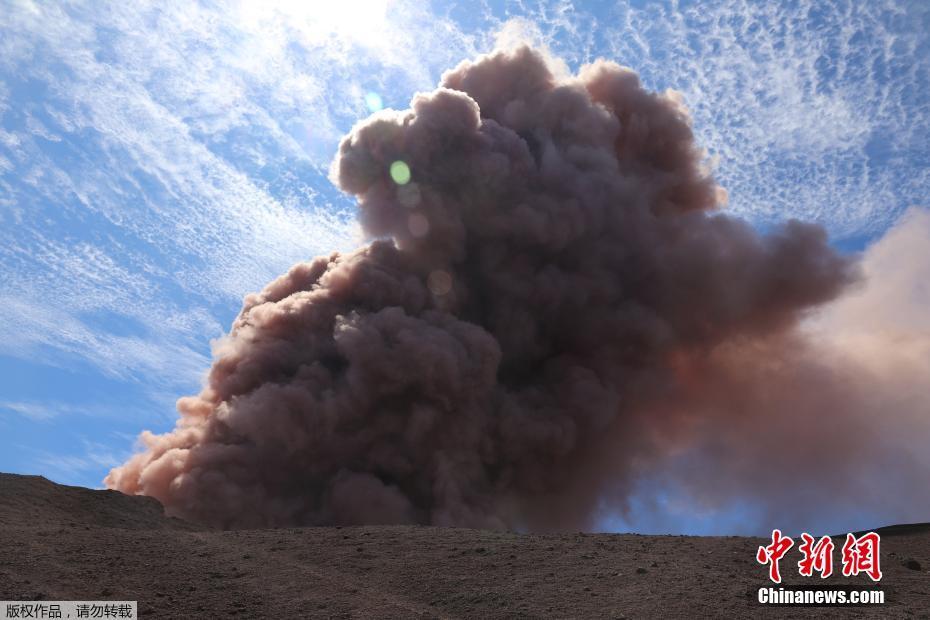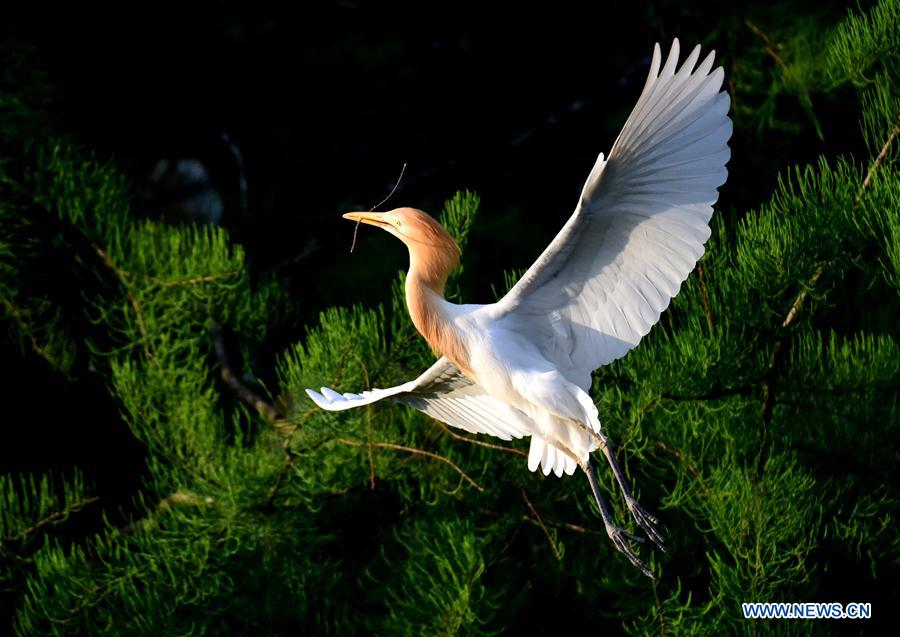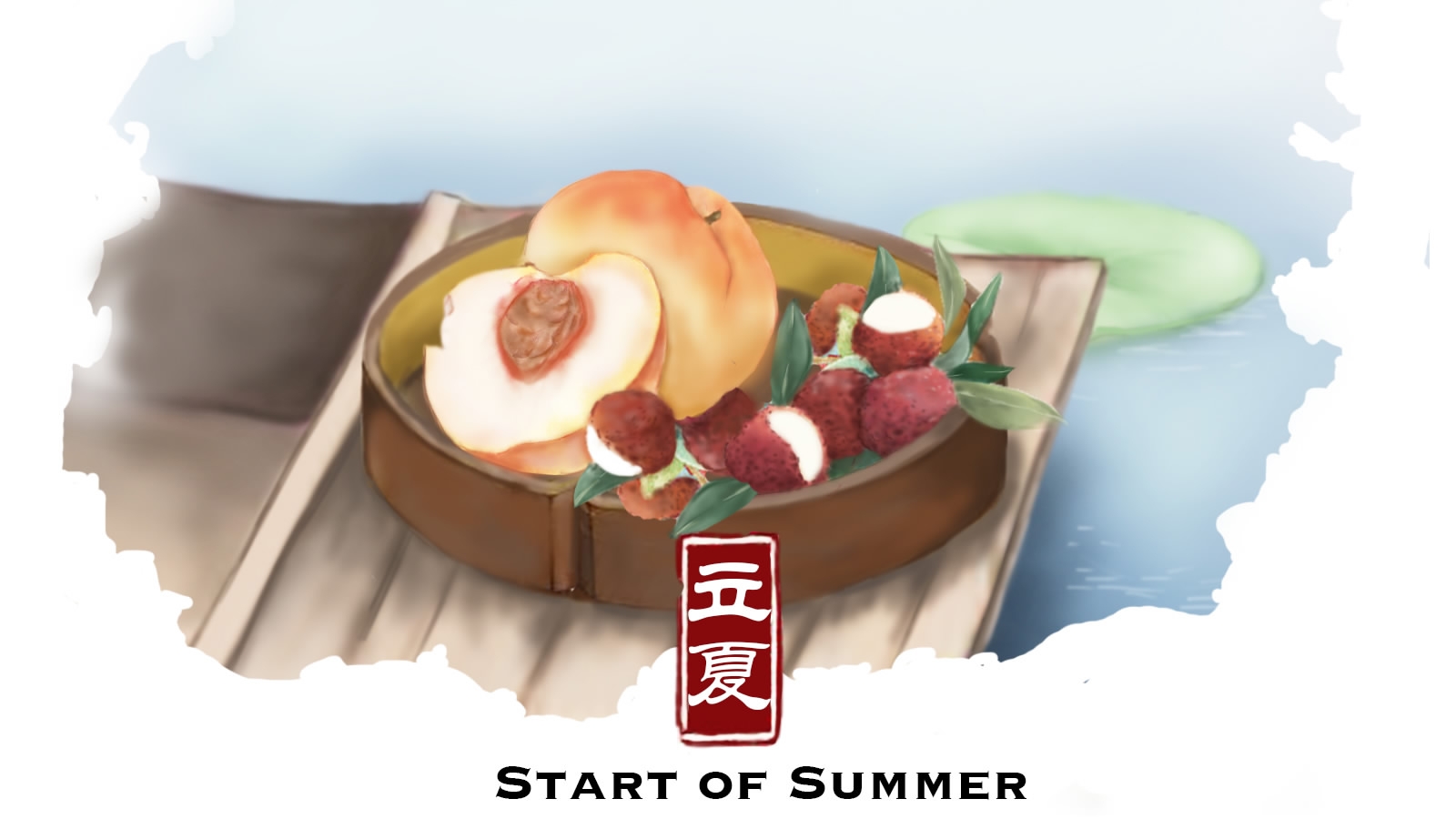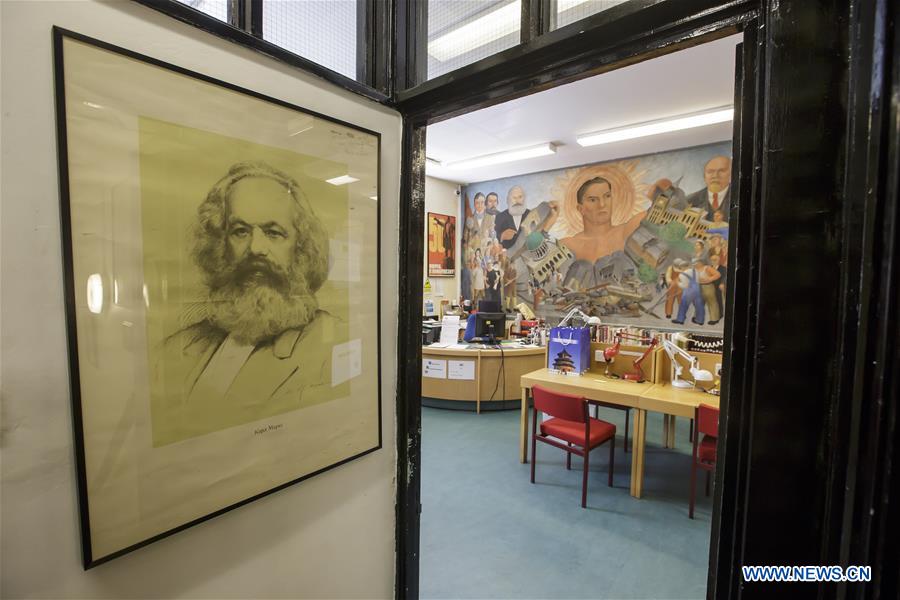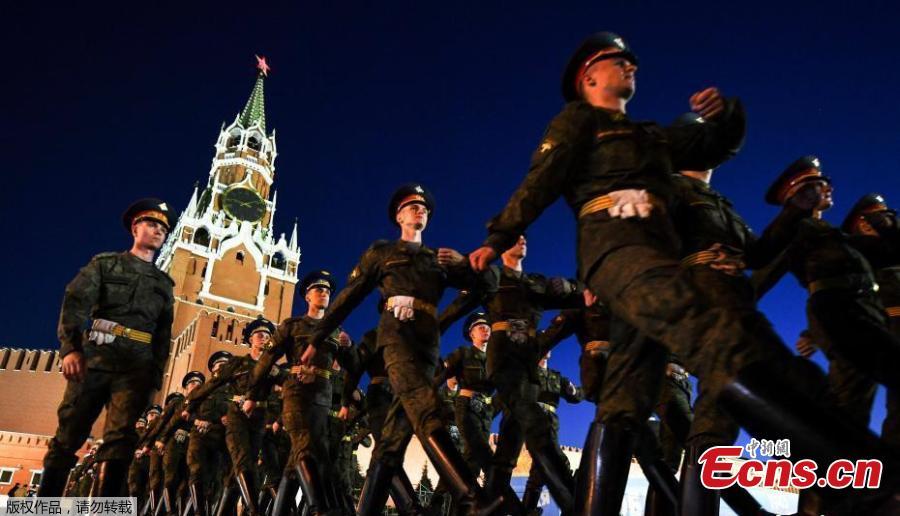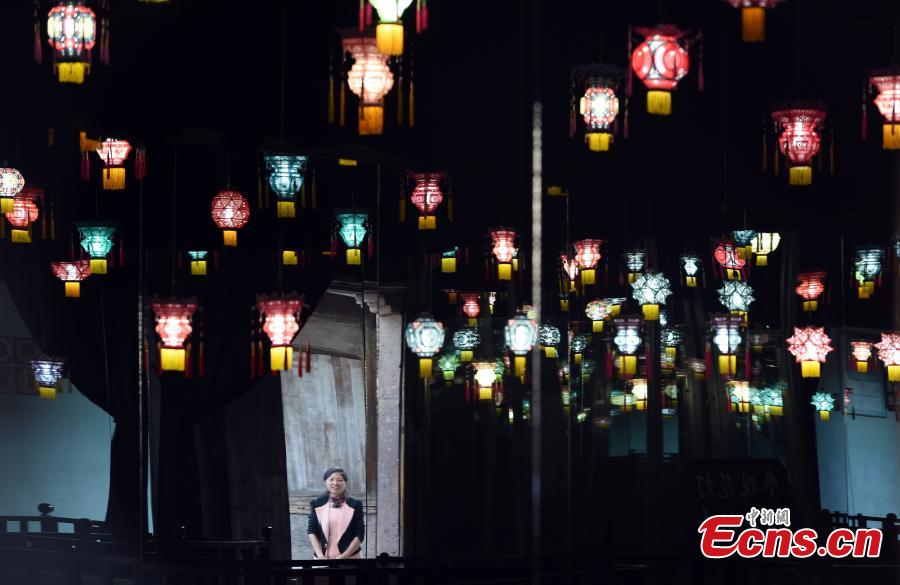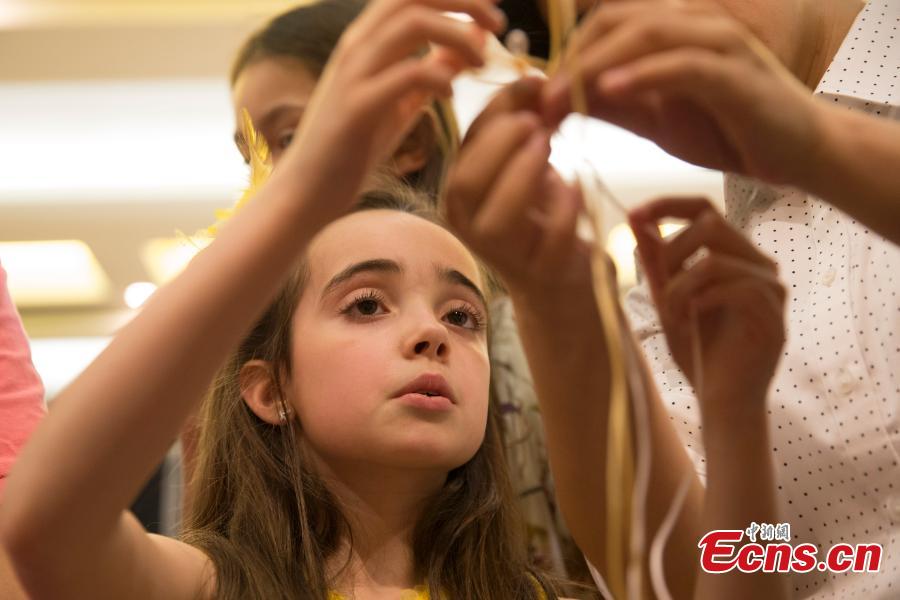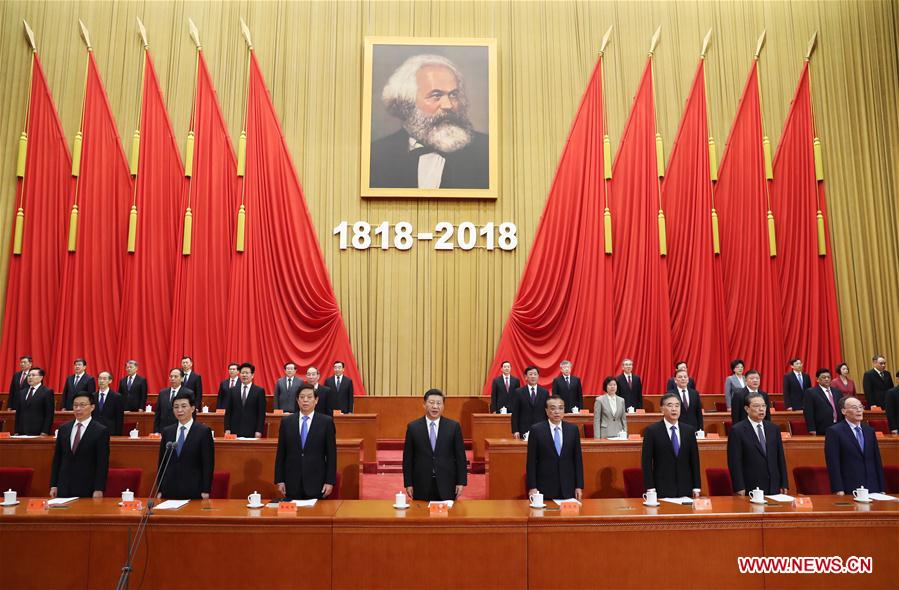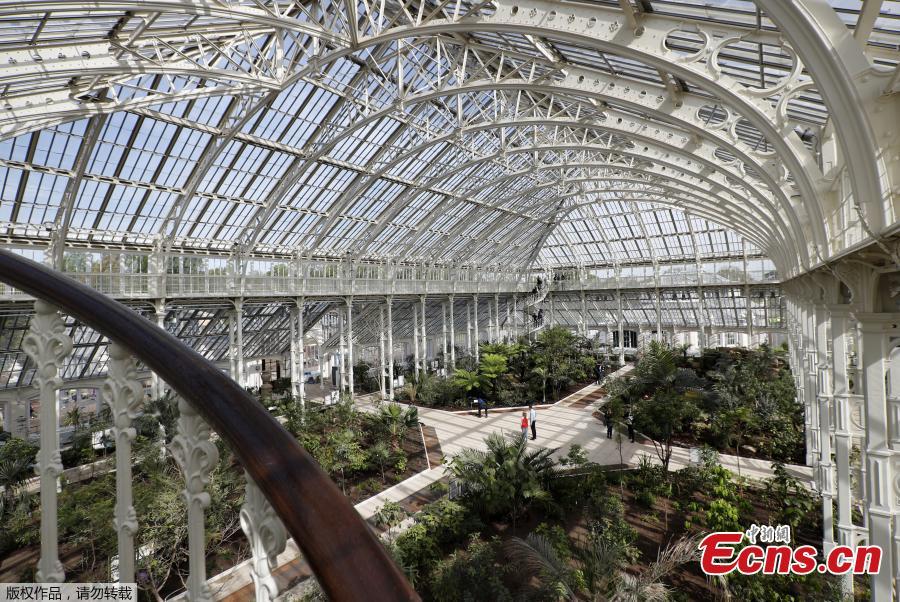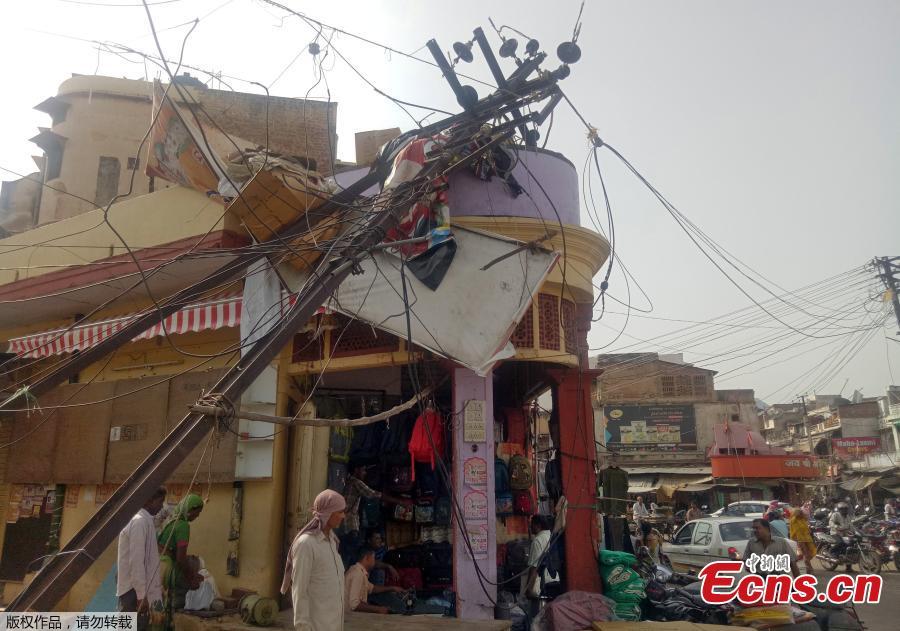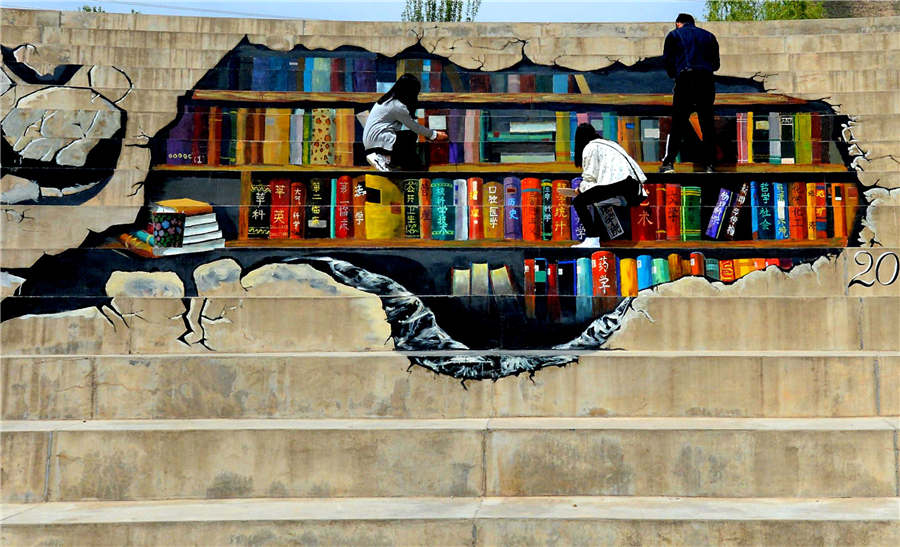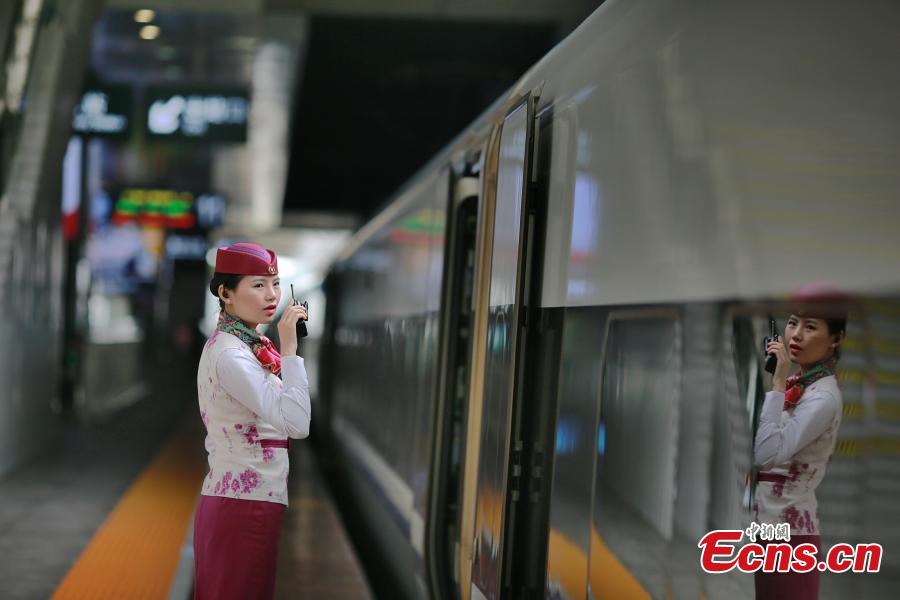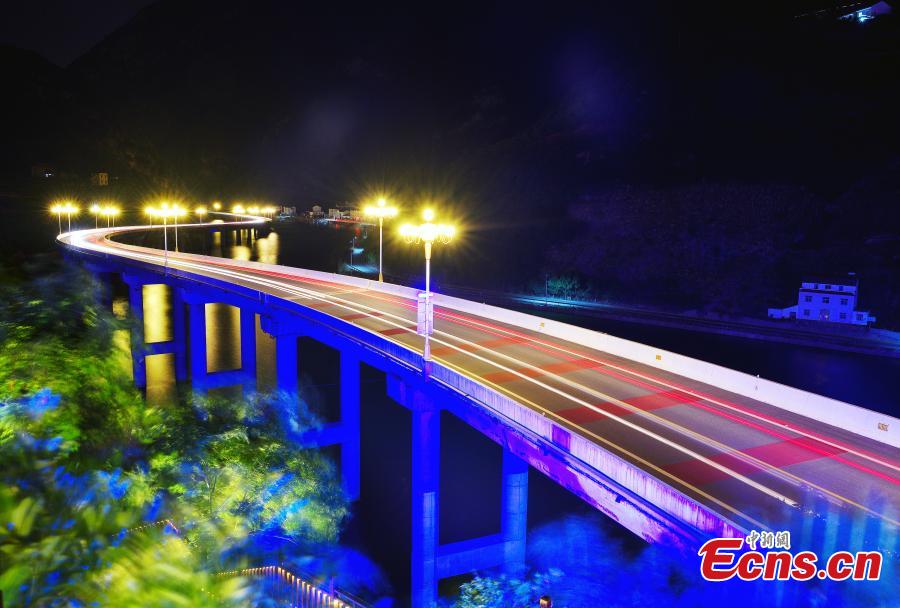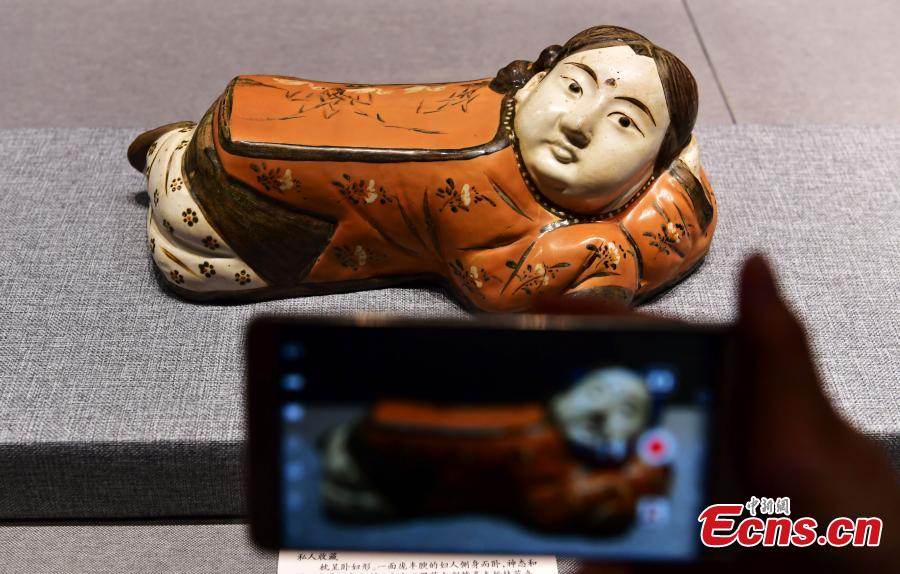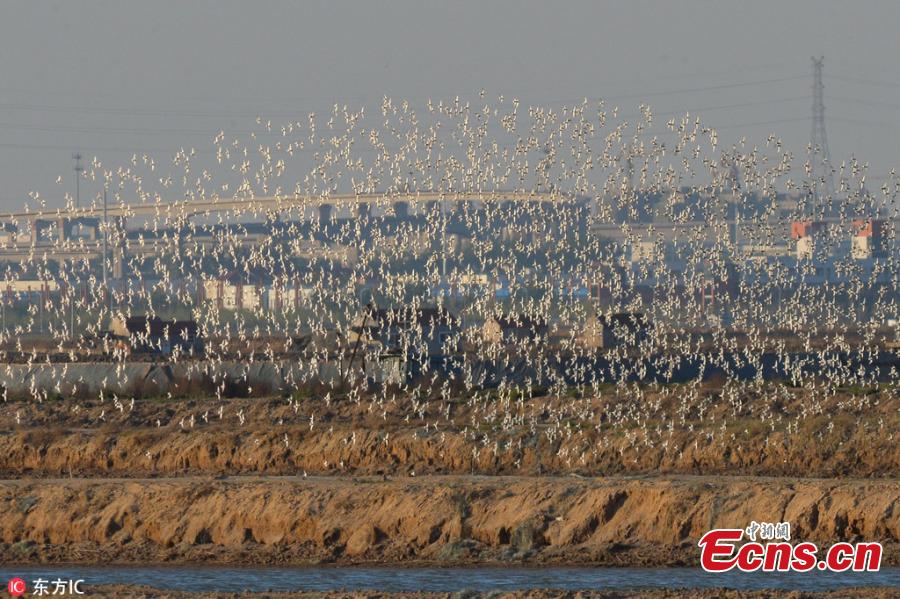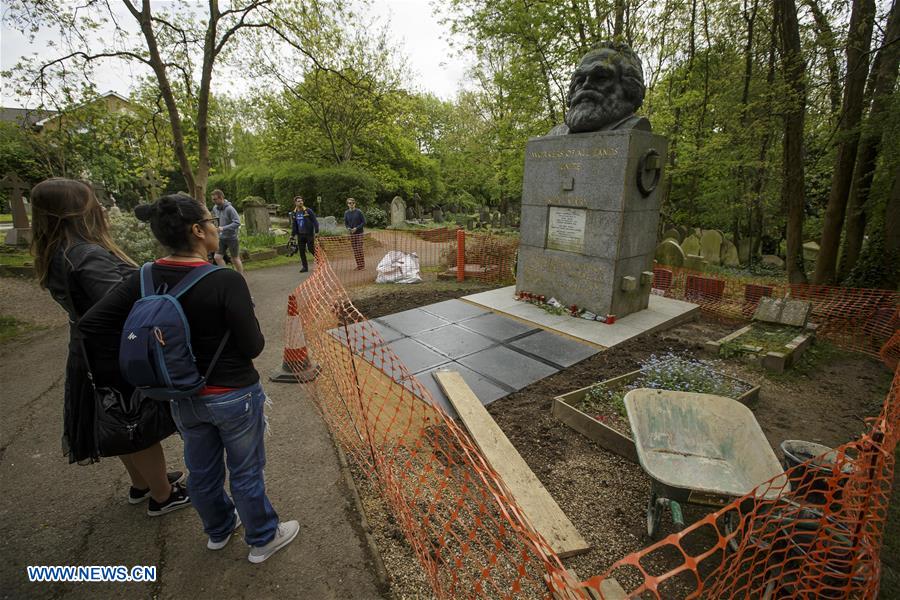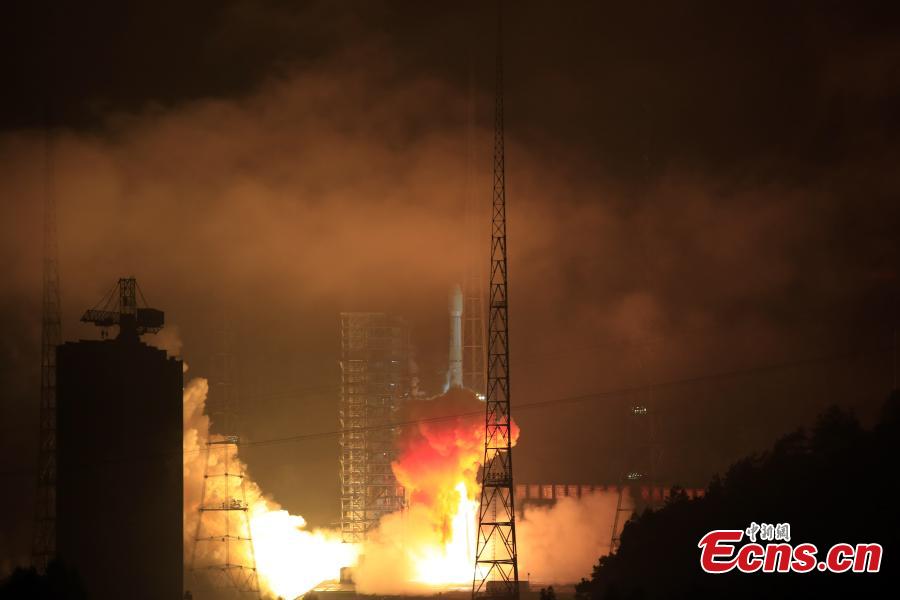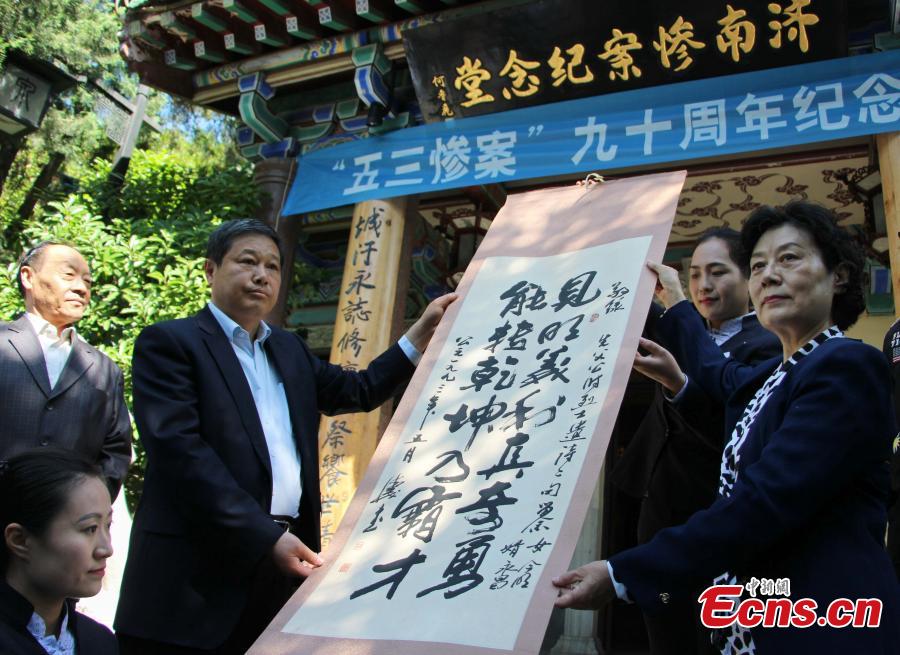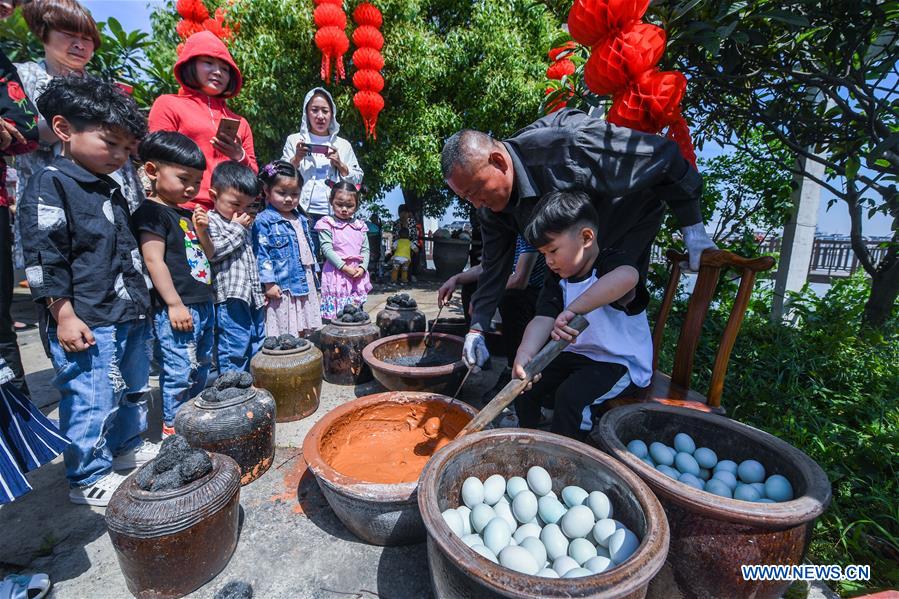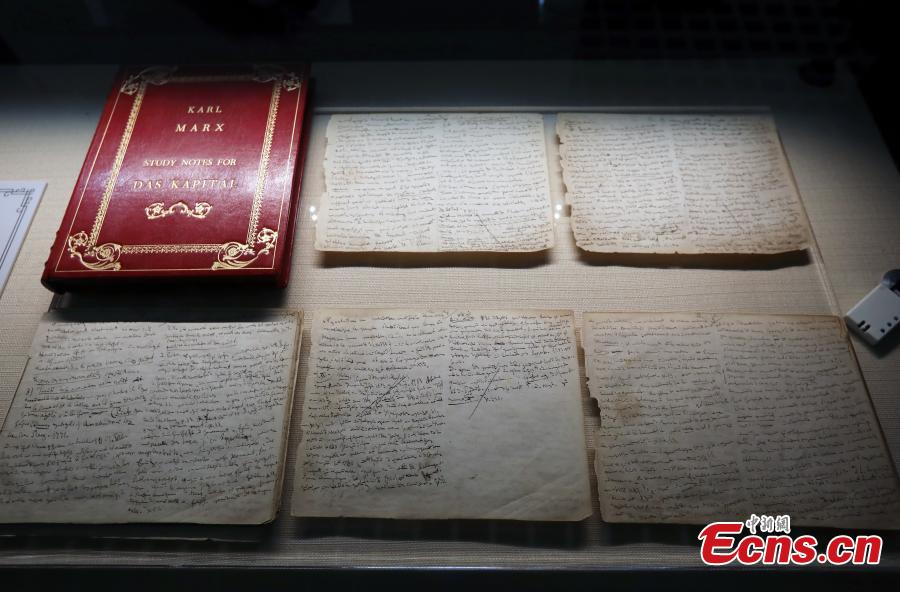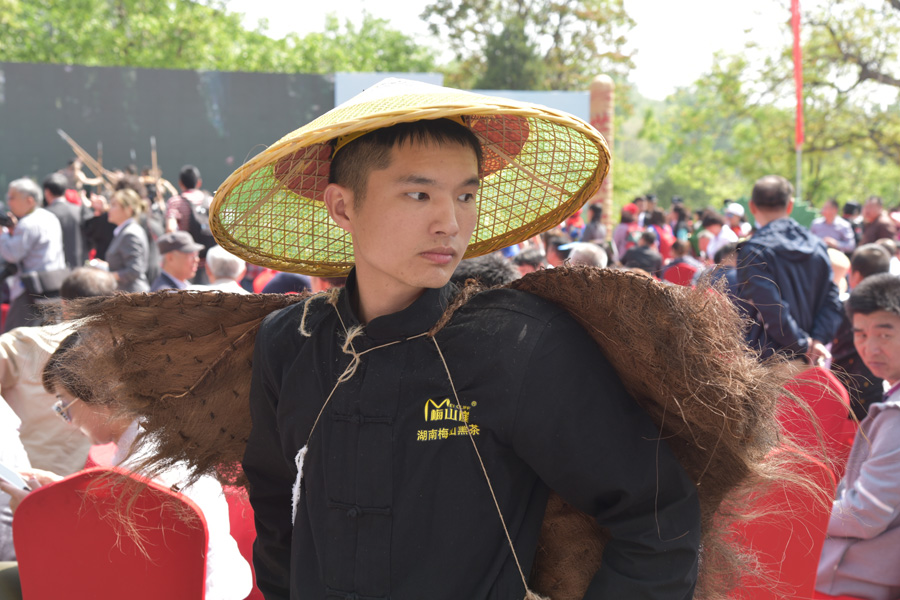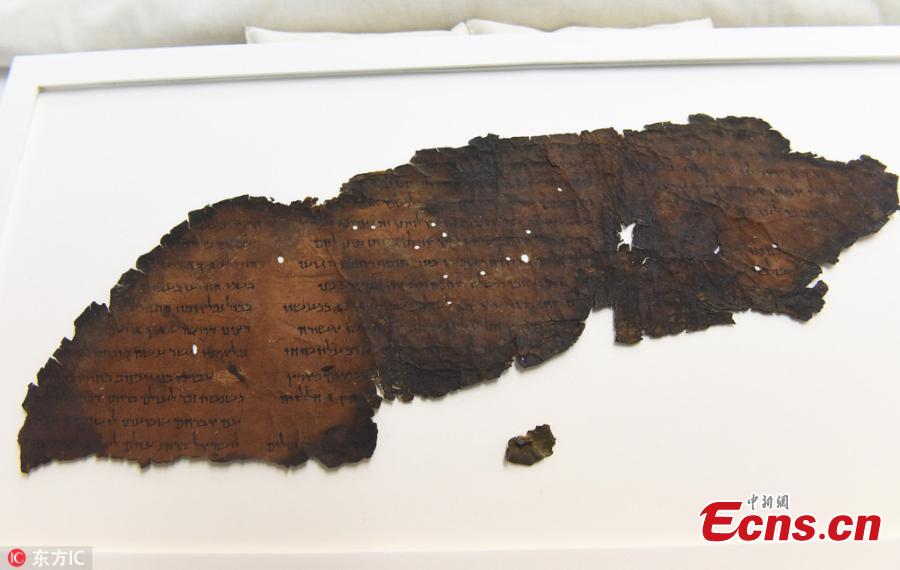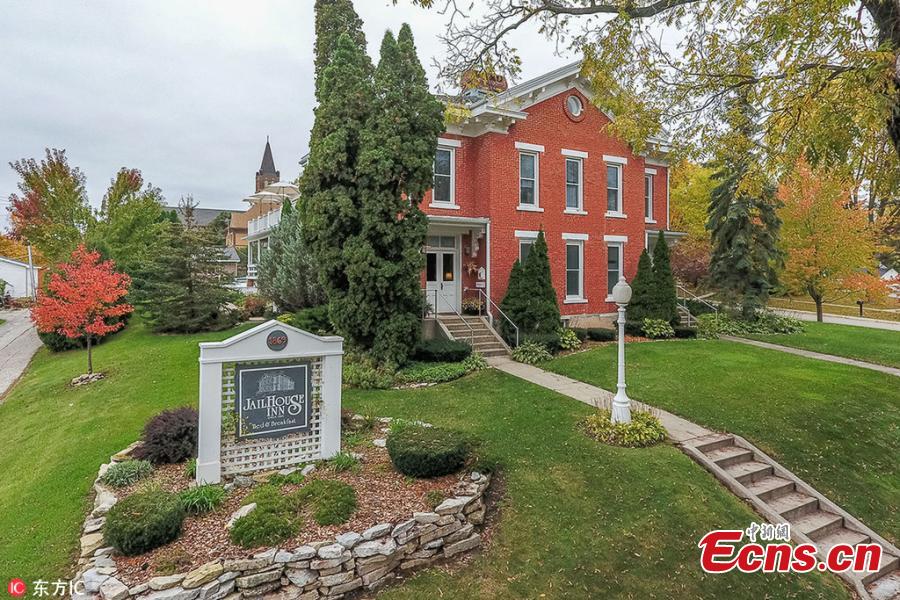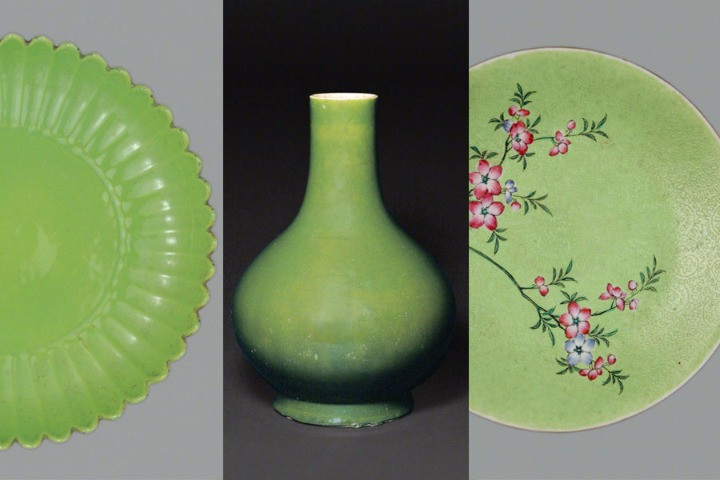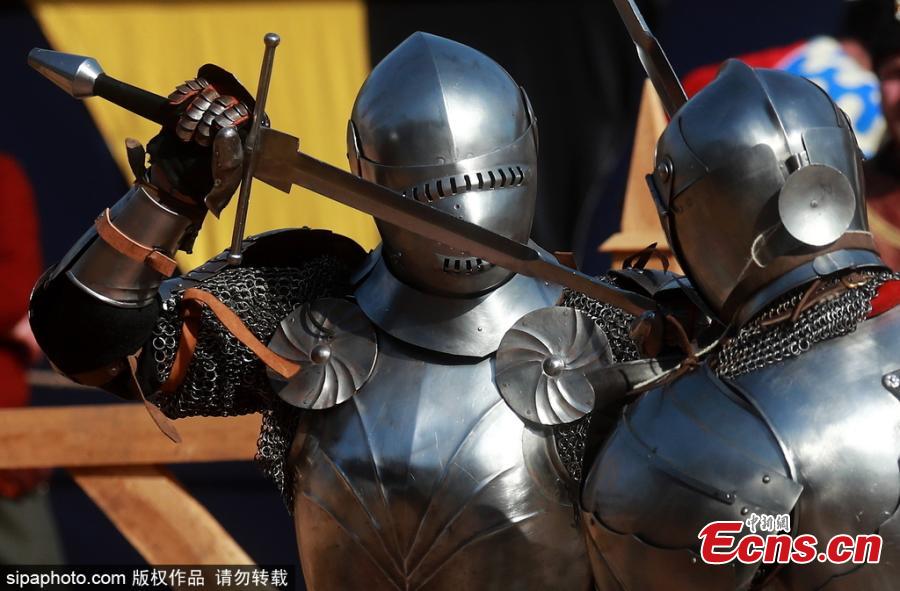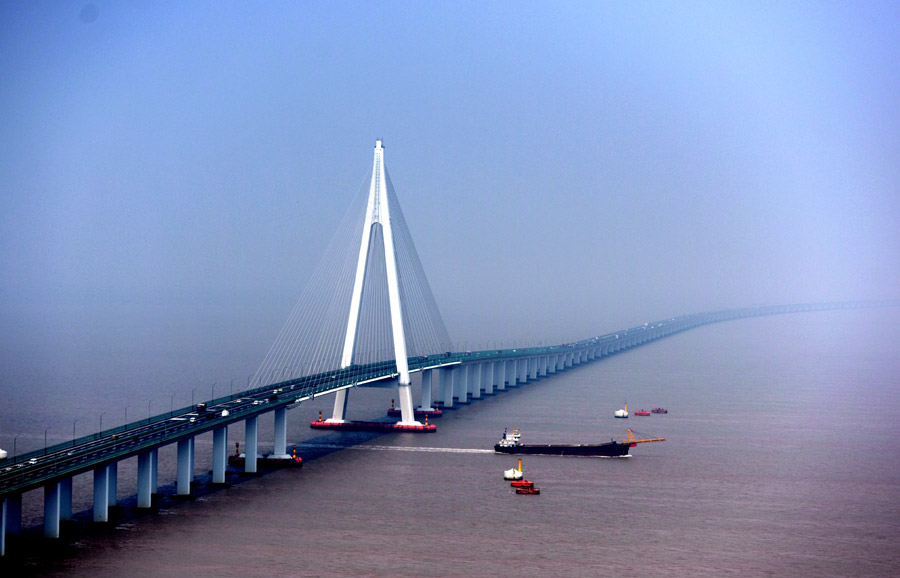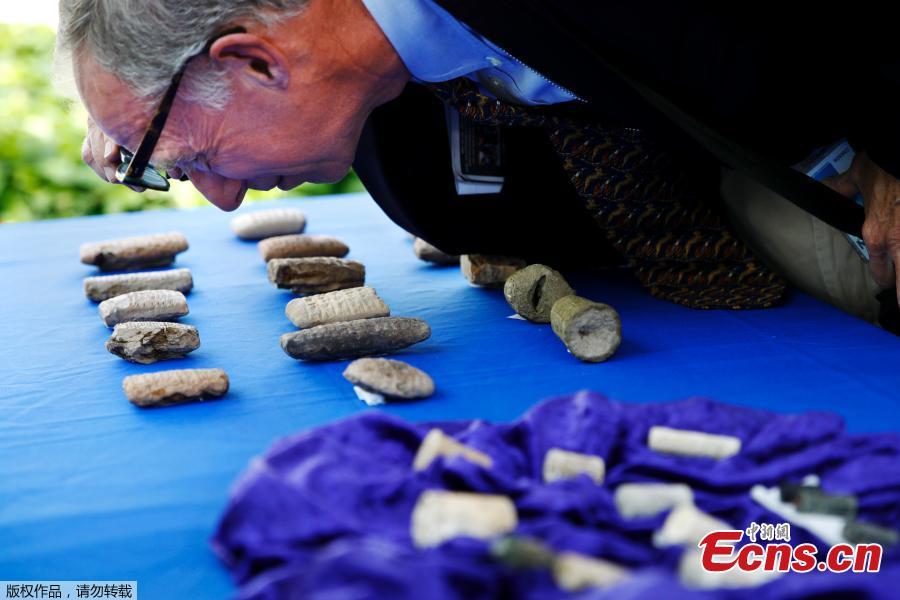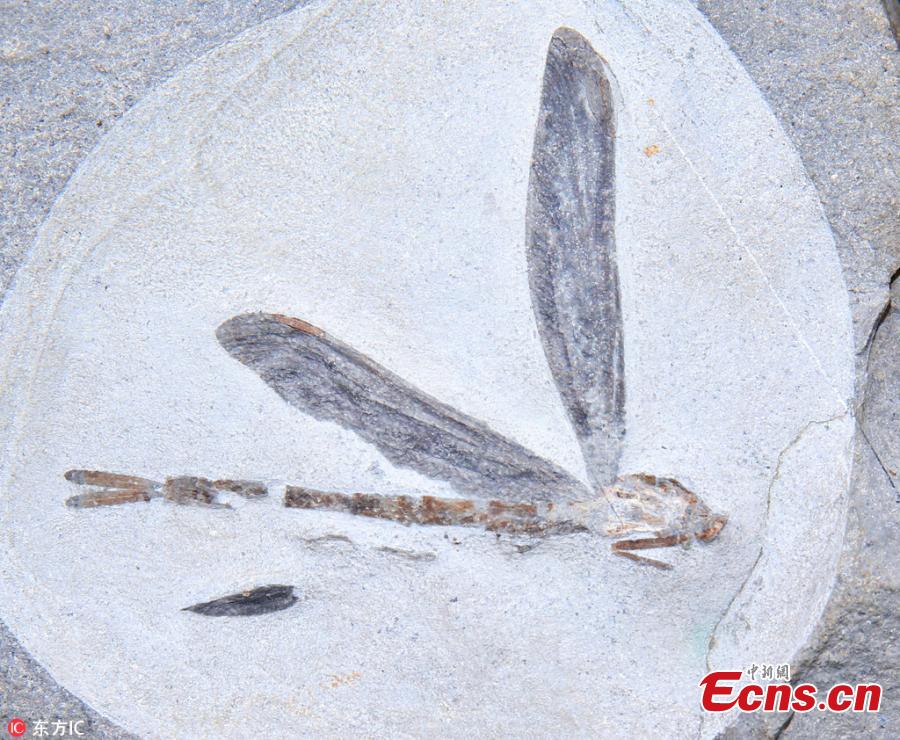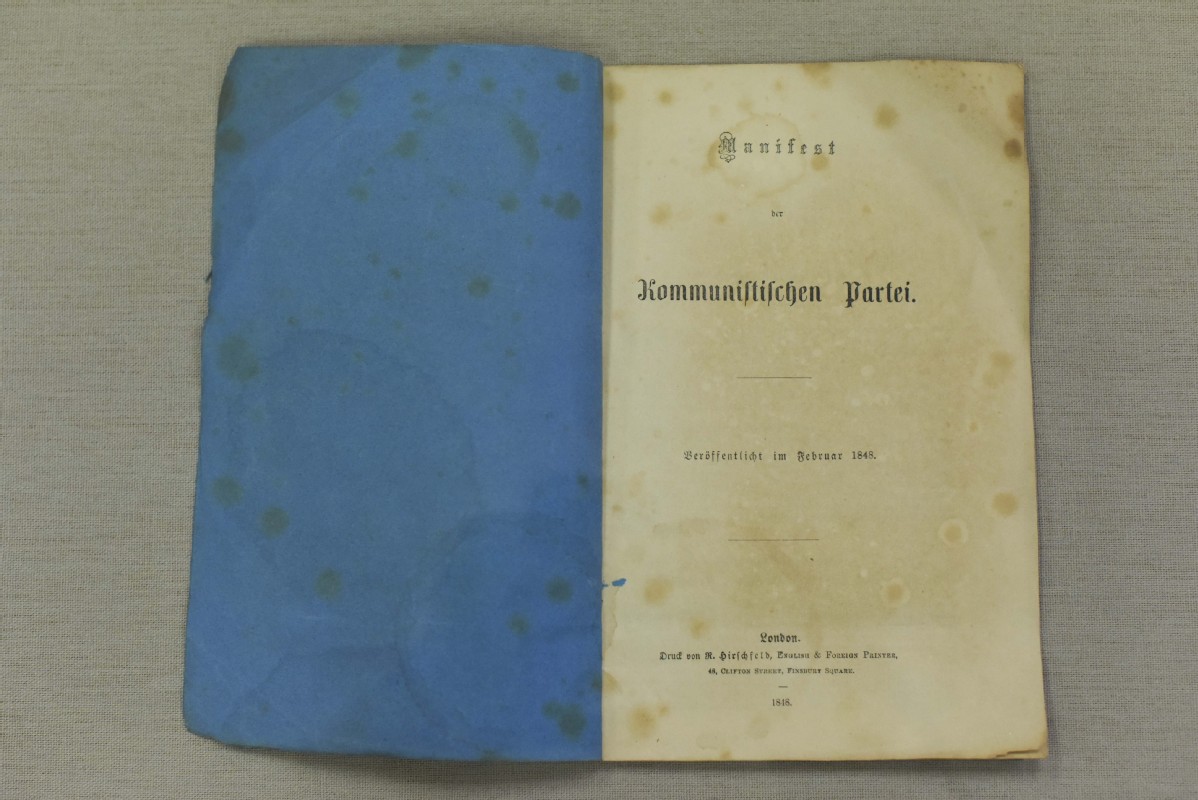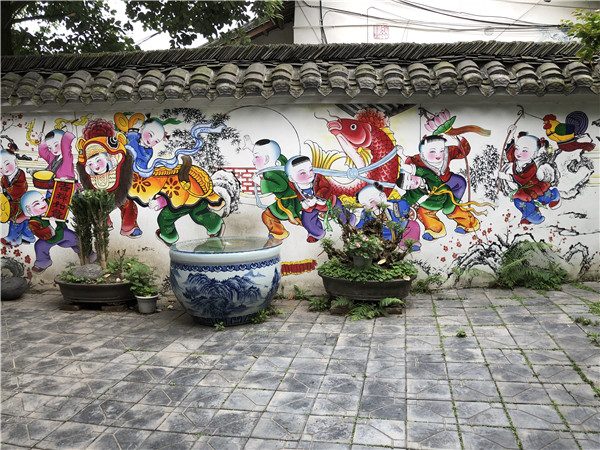
Colorful and vivid traditional Chinese New Year paintings are seen on the wall of a residence at Nianhua village in Xiaode town, Mianzhu city, Southwest China’s Sichuan province, May 5, 2018. (Photo by Yao Yao/chinadaily.com.cn)
Rebirth of a traditional handicraft
After the disastrous earthquake, a village in Xiaode town of Mianzhu city named Nianhua, where survivors of three devastated villages rebuilt new homes, decided to develop the local economy based on traditional Chinese New Year paintings, or nianhua in Chinese.
Originating during the Song Dynasty (960-1279 AD), the traditional Chinese New Year paintings in Mianzhu city are one of the four most famous types of this art form in China. The other three are Tianjin Yangliuqing New Year paintings, Yangjiabu New Year paintings in Weifang city of East China’s Shandong province, and Taohuawu’s New Year woodblock paintings in Suzhou city of East China’s Jiangsu province.
"With the help of relevant training classes, at least one person in each household can paint the traditional Chinese New Year paintings. And the villagers can paint during the slow farming season," said one villager named Liu Qing.
Besides paintings, the village also decorated the walls of local buildings with these paintings and opened some workshops to let visitors not only enjoy the paintings, but also learn how to paint one.
Liu said, "Before the earthquake in 2008, annual per capital income was between 2,000 yuan and 3,000 yuan, while nowadays it is between 12,000 yuan and 13,000 yuan."
"The colorful and vivid traditional Chinese New Year paintings in Mianzhu city are also popular in foreign countries including US, UK and Australia, especially among Chinese in foreign countries," said Liu.
Like other traditional Chinese handicrafts, Mianzhu New Year paintings also need more young people to inherit and spread the art form.
Mianzhu New Year paintings were named in the first list of intangible cultural heritage in February 2002.









